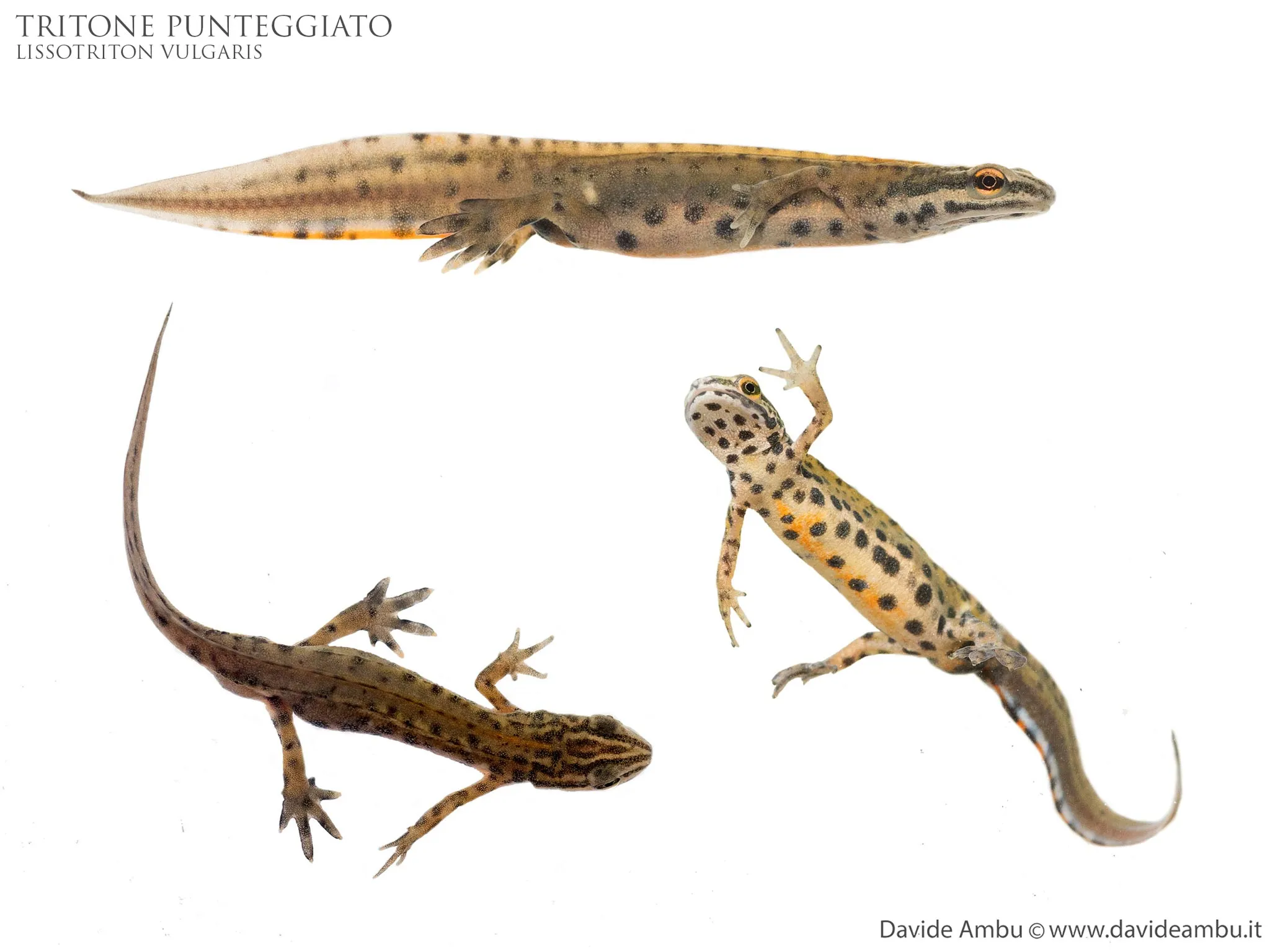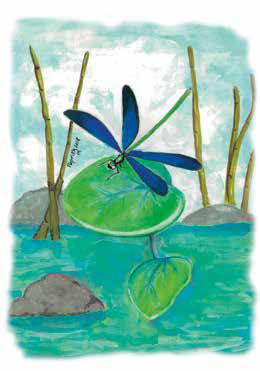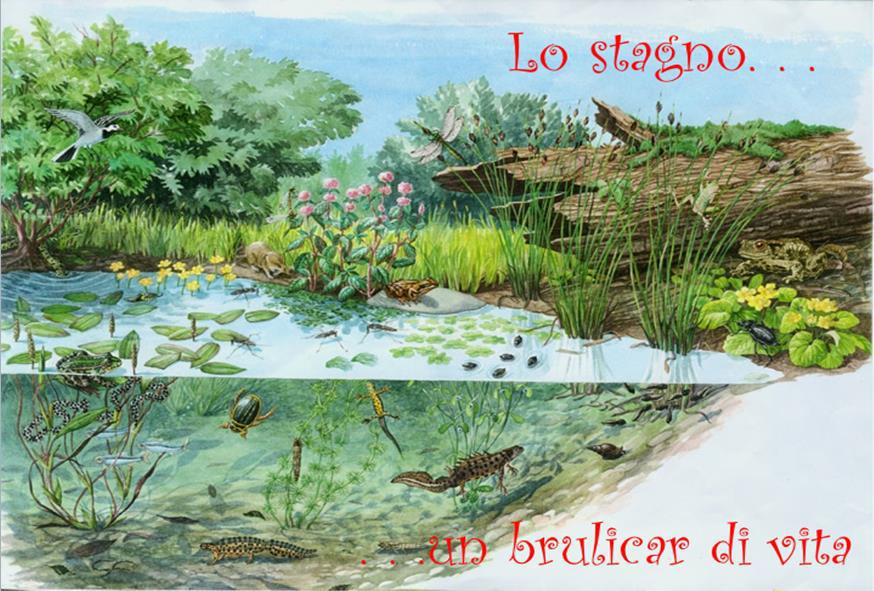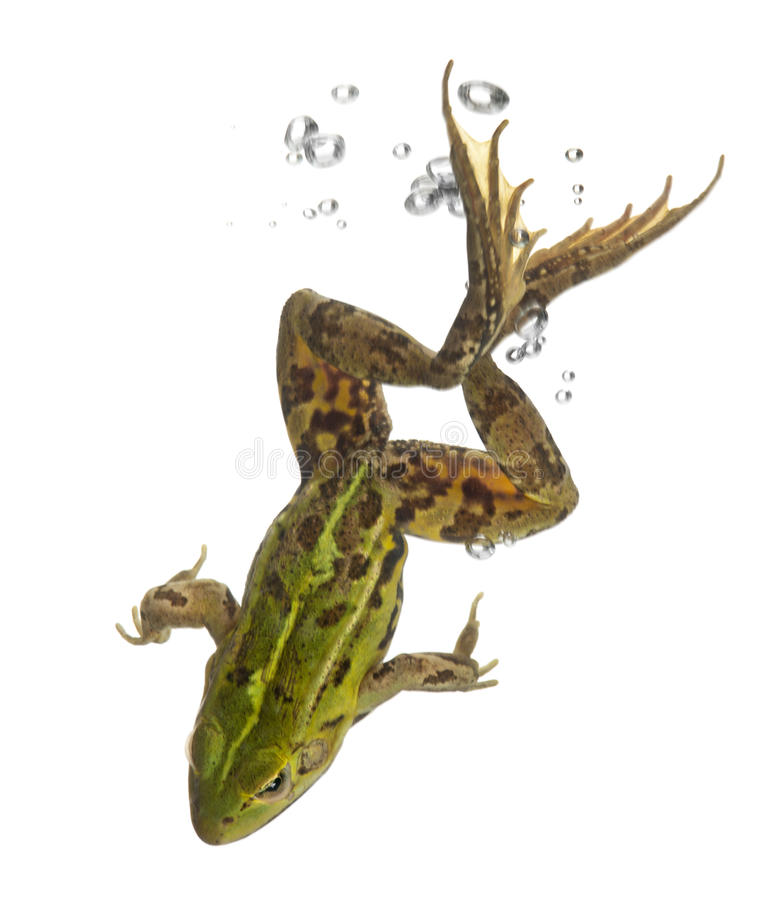The term 'pond' refers to a wide range of bodies of fresh and lentic water of different surface, depth and origin. There is no universal agreement on how far a freshwater collection should be extended to be called a pond. Ponds can range from one square meter to a few acres.
The pond, large or small, is an environment of life and reproduction for many animal and plant species, many of which are rare and threatened (protected by national and European regulations). Individually, the ponds may seem unimportant and insignificant; taken together they are a very important resource and in fact represent 30% of the total surface of the still waters.
Among the particular characteristics of ponds we can mention the reduced extension, the low depth of the water and the frequent fluctuations in its level, depending on the season; also the temperature and turbidity of the water as well as the level of dissolved oxygen, are subject to marked daily and seasonal fluctuations. Some ponds contain water all year and others go through filling and drying cycles. In some cases they are ephemeral, meaning they only have water for a few weeks, after periods of intense rainfall. Ponds can then freeze very easily in winter.
Although technically defined as 'minor wetlands', they provide a large number of ecosystem services. For example, it has been calculated that, overall, ponds can seize as much CO2 as oceans. They are also useful in mitigating the effects of rain and pollution.
Ponds are particularly important on a landscape scale, for the conservation of biodiversity, like rivers and lakes; they are considered as stepping-stones, as they facilitate connectivity between aquatic environments, and as hotspots as they are very rich in life. They can also be historically important because their sediments can provide us with information about the lifestyles of human populations in the past.
Given the sometimes extreme conditions these environments have, the organisms that inhabit them have developed very peculiar adaptations. Among the animal forms must be highlighted first the microscopic ones that make up the zooplankton; these are in continuous struggle against the gravity that pushes them towards the bottom and therefore have appendices and structures that give them the permission to swim and sustain themselves. Among the bigger forms of animals we find the amphibians; these can frequent the pond all the year (green frogs) or only in correspondence of the reproductive season (toads and newts). Besides these we can imagine mollusks, insects, spiders, fish, water snakes.
Ponds are important watering, resting and hunting points for many animals. We often see flying over dragonflies and swallows; many species of bats frequent these environments to feed on insects that emerge from the water.
Among the forms of plant life we find algae, especially unicellular ones; these float in water constituting the so-called phytoplankton. They need sunlight and therefore live mainly in the upper part of the water column. We then have the upper plants (hydrophytes) that live submerged; these are able to absorb the mineral substances not only through the roots anchored to the bottom but also through stem and leaves.




